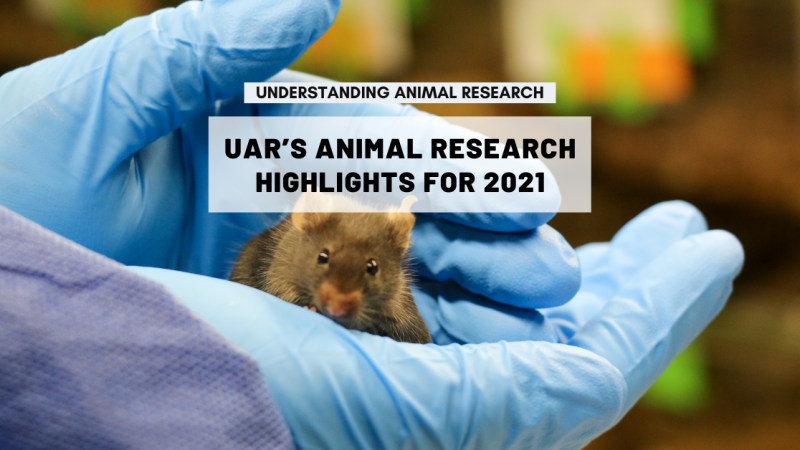
The NHS in England has just approved a groundbreaking daily pill for treating endometriosis, offering new hope to women who have been unable to find relief with existing options.
Endometriosis affects one in ten women of reproductive age. The condition causes the lining of the womb (the endometrium) to grow outside the uterus. This induces a wide variety of painful symptoms, and is a primary cause of infertility. Despite affecting some 200 million women worldwide, the affliction still has no cure.
Treatments do exist but remain limited. These include painkillers, hormonal contraceptives and surgery to remove lesions. However, these options are often inadequate and, in many cases, aren’t suitable for patients due to existing medical conditions, pregnancy or because of the risk of side-effects or complications.
Fortunately, a new daily pill for endometriosis has just been recommended by the National Institute for Health and Care Excellence (NICE) and approved for use on the NHS. Linzagolix will provide a new treatment option for those who have been unable to manage the condition using other standard treatments.
Women’s Health Minister Baroness Merron said: “This could be a game-changer for thousands of women battling endometriosis, which can be a debilitating and life-limiting condition. After years of neglect in women’s health, we are turning the tide – backing new treatments like linzagolix, cutting diagnosis times and slashing waiting lists.”
The approval comes after extensive clinical trials showed the drug significantly reduces the pain that is a significant symptom of this condition. Linzagolix belongs to a class of medications called gonadotrophin releasing hormone (GnRH) receptor antagonists. It works by suppressing oestrogen which, depending on the dose, can reduce bleeding or stop periods all together. Linzagolix has been shown to cause a statistically significant reduction in painful periods and general pelvic pain in multiple clinical trials, with fewer side effects than GnRH agonists, which are also used to manage endometriosis.
Initial research involved preclinical studies aimed at elucidating the pharmacokinetic profile, mechanism of action, and preliminary safety data in animal models. The pharmacological profile was characterised in cynomolgus monkeys. Linzagolix administration effectively suppressed hormone surges and ceased or prolonged menstrual cycles in the female monkeys. The study concluded in 2022 that the drug “had potential as a novel agent for reproductive-age women suffering from sex hormone-dependent diseases”.
Overall, preclinical studies found linzagolix to be a highly potent and selective antagonist of the GnRH receptor. Toxicology and pharmacological safety studies did not raise any tolerance or safety concerns, or drug–drug interaction issues (in vitro and in rats).
“We need animal models because the reproductive system doesn’t work in a little isolated bubble. It’s a hormone dependent tissue that needs to be studied in a body,” according to Professor Philippa Saunders, Chair of Reproductive Studies at the University of Edinburgh.
Linzagolix has also been approved for the treatment of other sex hormone-dependent diseases. In June 2022, it became the first approved oral therapy in the European Union for the treatment of moderate to severe symptoms of uterine fibroids in adult women of reproductive age. Research in dogs and rats also indicated that linzagolix may provide a new treatment option for benign prostatic hyperplasia (BPH) and polycystic ovary syndrome (PCOS).
While linzagolix isn't a cure for endometriosis, it provides another tool in the fight against this challenging condition. For many women, it could mean the difference between living with constant pain and reclaiming their lives. The drug's approval demonstrates the critical importance of continued research into women's health conditions that have historically been underfunded and understudied.
Last edited: 8 September 2025 11:19




